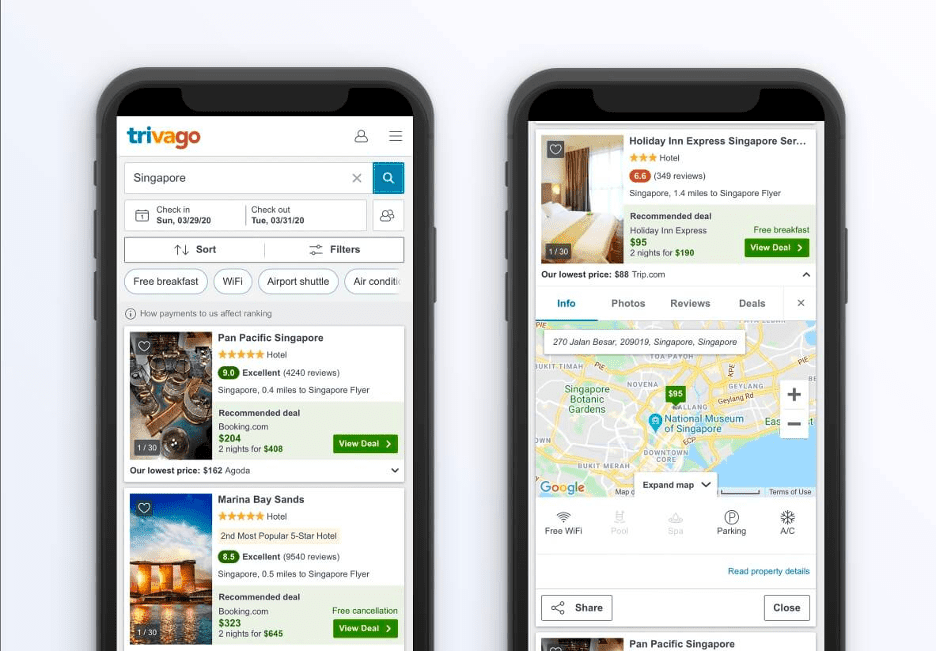
According to the latest statistics, almost 60% of all web traffic is initiated from mobile devices. More than 50% of business to business web interactions now come from mobile (check out mobile statistics here). Yet, for many IBM i shops, building native mobile apps is expensive and requires skills they don’t have in house.
How to provide mobile access is one of the most common questions I hear when discussing modernization strategies with IBM i customers. They want to know whether they need to absorb the significant development and maintenance expense of a native mobile app to give their users a great mobile experience. Spoiler alert! The answer for business applications is almost always an emphatic NO! There is very little you can do with a native mobile app today that you cannot do with a web app – or more specifically with a Progressive Web App (PWA). PWAs are a technology being driven by Google as an easy way to build and deliver highly functional multiplatform apps.
Progressive web apps make it easy to access the native device functions like the camera, accelerometer and GPS information. PWAs can be built to look just like a native mobile app (no web page frame or tabs, for example). PWAs even support offline operations and high performance by allowing you to cache application data on the device. PWAs are so powerful that companies like Starbucks, Twitter, Pinterest, Uber and Spotify are adopting them in place of their expensive native mobile apps.


The new PWAs from Uber and Trivago look just like native mobile apps.
The great thing about Progressive Apps is they are responsive, “write once, run everywhere” applications. You generally write them using a popular JavaScript framework like React or Angular and you get the mobile, tablet and desktop versions in one go. They run on any device with a browser and automatically adjust the UI based on the device. That means they are dramatically less expensive to develop than native mobile apps. With native mobile apps, you must build an Android version (usually in Java), an iOS version (in Objective C or Swift) and a desktop browser version (in JavaScript or other web technology). You must support the wide variety of screen sizes and both portrait and landscape orientation. And you need to keep it up to date as the operating system changes. We recently worked with a customer who had scoped out a mobile project as either a native app or a progressive web app. The native mobile approach was going to be almost four times as expensive as the PWA!
One of the concerns we hear from people about web apps is that their app might be hard to find if it is not on the app store. The good news is that Google and Microsoft support listing PWAs on their App stores. Apple is not yet completely on board but there are even ways to get your PWA listed there. But PWAs actually offer better “discoverability” (making it easy for people to find your app) than native apps. Because PWAs are web based, they are indexed by search engines like Google and thus can be found using standard searches. Native apps can only be found by searching on the app store. PWAs also allow you to bypass the onerous approval process you must go through to get listed on the Appstore.
Another advantage of PWAs is that your users will always be on the latest version. With native apps, they must download the app to get the up-to-date code. Since PWAs are web apps, the latest version will be loaded when the user accesses the app. And PWAs take up dramatically less space on the device than native apps. Starbucks says their PWA takes up 98% less space on the device than their mobile app.
For IBM i users, one of the key drivers of using PWAs is the ease with which you can connect web apps to IBM i programs and data via APIs. At Eradani, we have been working with a large number of IBM i users to help them do just that. Using PWAs and APIs, your IBM i applications can take advantage of all of the latest technology. So, if you would like to learn more about modernizing your IBM i applications using PWAs, let us know! You can reach us at www.eradani.com or via email at: info@eradani.com or via telephone at: 510.324.9947.





